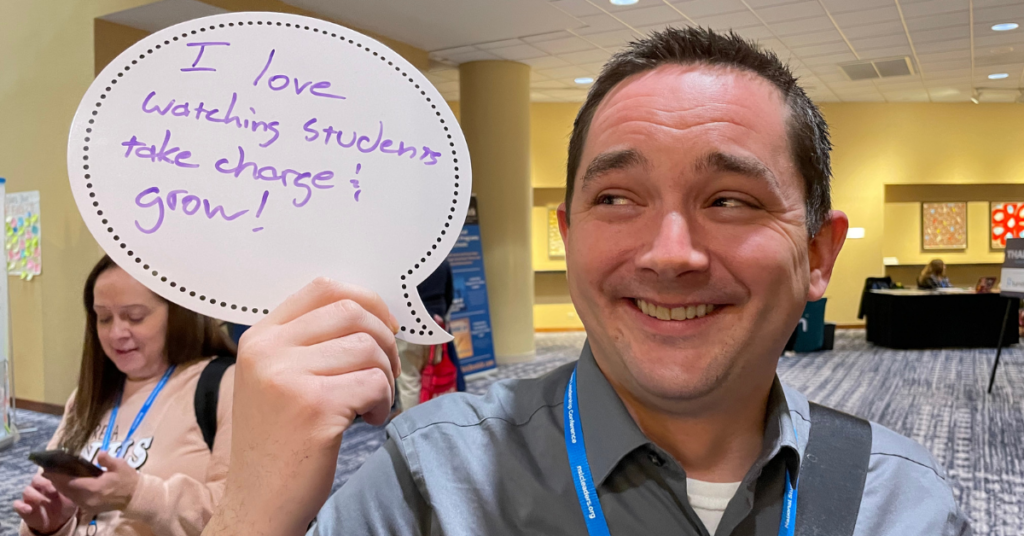Failure is an essential part of life, and its impact on personal growth and development cannot be overstated. However, many student leaders who are accustomed to success and achievement perceive failure as a devastating blow to their self-esteem and academic futures. While they are typically willing to take risks as leaders, they are not always prepared when their efforts fall short. Often compounding their disappointments and anxieties are feelings of embarrassment and the sense they have let others down.

As advisers, educators, and parents, it is crucial that we help students deal with their emotions when they fail and to counsel them to understand that failure is not the end of the road, but rather a steppingstone towards success. In doing so, we help students create a personal fail-safe—the system or plan they engage to approach the question of what went wrong and why.
- Normalize it. We all experience different degrees and forms of failure. Whether we fail gloriously, slightly, or if our failure happens in a personal or professional space makes no difference—it hurts to fail. How much and how long it hurts and what we learn from it has everything to do with our individual approach to it. Students need to recognize that failure is a natural part of the learning process and that even the most successful individuals have experienced setbacks.
One way to normalize failure is by sharing stories of famous people, such as Thomas Edison and Albert Einstein, who overcame their own failures. This helps students recognize that failure is not a sign of weakness or lack of intelligence but an opportunity for growth and resilience. Or consider sharing a story of one of your own failures. Our vulnerability and how we handled missing the mark is an empathetic show of support in the eyes of our student leaders.
- Analyze it. When student leaders receive a low grade or struggle with a particular task in their councils or chapters help them shift their focus toward analyzing the how’s and why’s of a failure. Instead of perceiving failure as a negative outcome, encourage students to look at failure through a different lens and see it as feedback. That shift happens when we teach students about the concept of a growth mindset and how it helps them understand failure. A growth mindset emphasizes that abilities and intelligence can be developed through dedication, effort, and learning from mistakes.
Encourage students to adopt this mindset by praising their efforts, emphasizing the importance of perseverance, and reframing setbacks. Emphasize that failure provides valuable information about areas that require improvement or alternative approaches that will yield successful outcomes. With a growth mindset, students are more likely to see failure as a temporary setback rather than a permanent condition.
- Reflect on it. Encourage students to engage in reflective practices, such as journaling or group discussions, where they can understand what went wrong and extract meaningful insights. Through reflection, students develop self-awareness, critical thinking skills, and the ability to adapt their strategies for future success. As they work towards better understanding their failures, celebrate their efforts and highlight the progress they make, regardless of the outcome, to reinforce the idea that growth and learning are more important than immediate success.
Failure is an option. Learn from it and grow.
Learn more about National Student Council and register for LEAD, the premier national conference for student leaders and the educators who support them.

